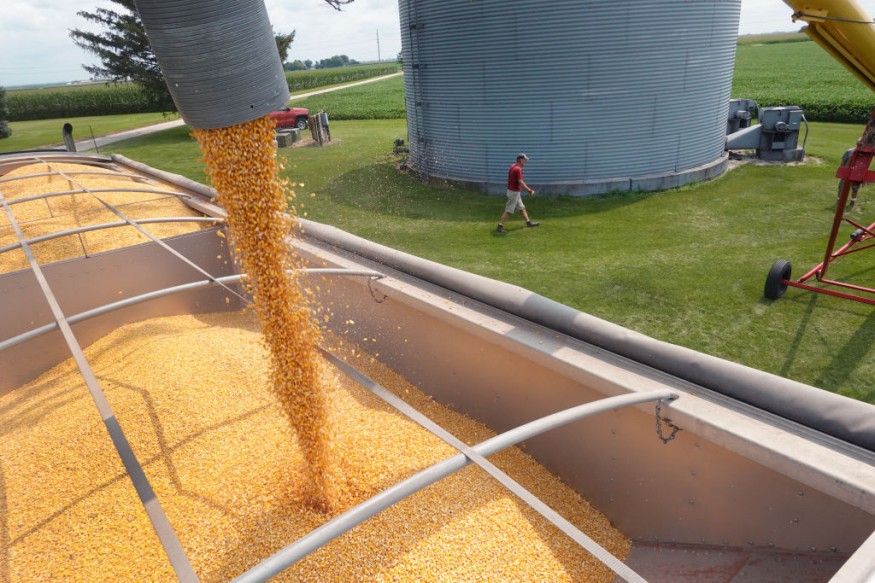Nitrous oxide emissions from agricultural soils, during the non-growing season in the United States Corn Belt, has been discovered to be as significant as the annual emissions, according to a new study. Researchers from the University of Illinois and University of Minnesota have found the amount of the greenhouse gas that goes into the atmosphere spikes when frozen and during thawing cycles.
The new research used a simulation to determine hotspots for the climate-changing gas emissions across the Midwest region. The model allowed the examination of the climatic and environmental factors influencing the emissions, specifically in a county-by-county basis in the US Corn Belt during the non-growing seasons between 2001 and 2020. Anthropogenic factors were also taken into account.
Nitrous oxide, shortly called as N2O or referred to as the "laughing gas," is one of the main greenhouse gases aside from carbon dioxide and methane that accelerates the greenhouse effect phenomenon. Being 300 times more potent than carbon dioxide, it is short-lived but depletes the ozone layer and is a dangerous compound when it comes to impacting global warming.
Nitrous Oxide Emissions

The US-based researchers published their findings in the journal Agricultural and Forest Meteorology, where they explored the driving mechanisms of non-growing season (NGS) nitrous oxide emissions, calling for urgent spatial-specific mitigation strategies in the US Midwest.
The new paper concluded the following:
- NGS nitrous oxide emissions were measures to be around 6% to 60% of the annual fluxes in the said region
- The emissions were controlled by "distinct drivers" in the southeast and northwest
- The divergence threshold was caused by a 300 millimeter line during the NGS
- Intensive freezing effect is the main driver of the emissions in the southeast
- Thawing effect is the primary driver of the emissions in the northwest
The basis of the study comes from the threat that agricultural nitrous oxide emissions are a growing concern for climate change and global warming. It also cited recent field evidence which suggests that NGS may contributed 33% to 50% of the annual N2O emissions.
However, the researchers were also aware its implications on management adaptations remain unclear.
Computer Simulation Model
Study lead author, Yufeng Yang, a doctoral student at the University of Minnesota, and his colleagues used a computer simulation model called ecosys which was found to be capable of realistically project nitrous oxide emissions from agricultural soils in the NGS.
The findings mean that there is now a way to quantify the contributions of environmental variables to the important greenhouse gas, according to study co-author Kaiyu Guan, an associate professor at the University of Illinois, as cited by Phys.org.
The US Corn Belt
In recent years, it was found that the US Corn Belt is producing its own weather, retaining a relatively low temperature while the rest of the world warms.
One of the most fertile regions on Earth, it has produced over 10 billion bushels of corn annually. Since 1950, crop yields have increased significantly, with Iowa being the leading state in the country for the most produced corn per state, according to an article in Science.org.
© 2025 NatureWorldNews.com All rights reserved. Do not reproduce without permission.





